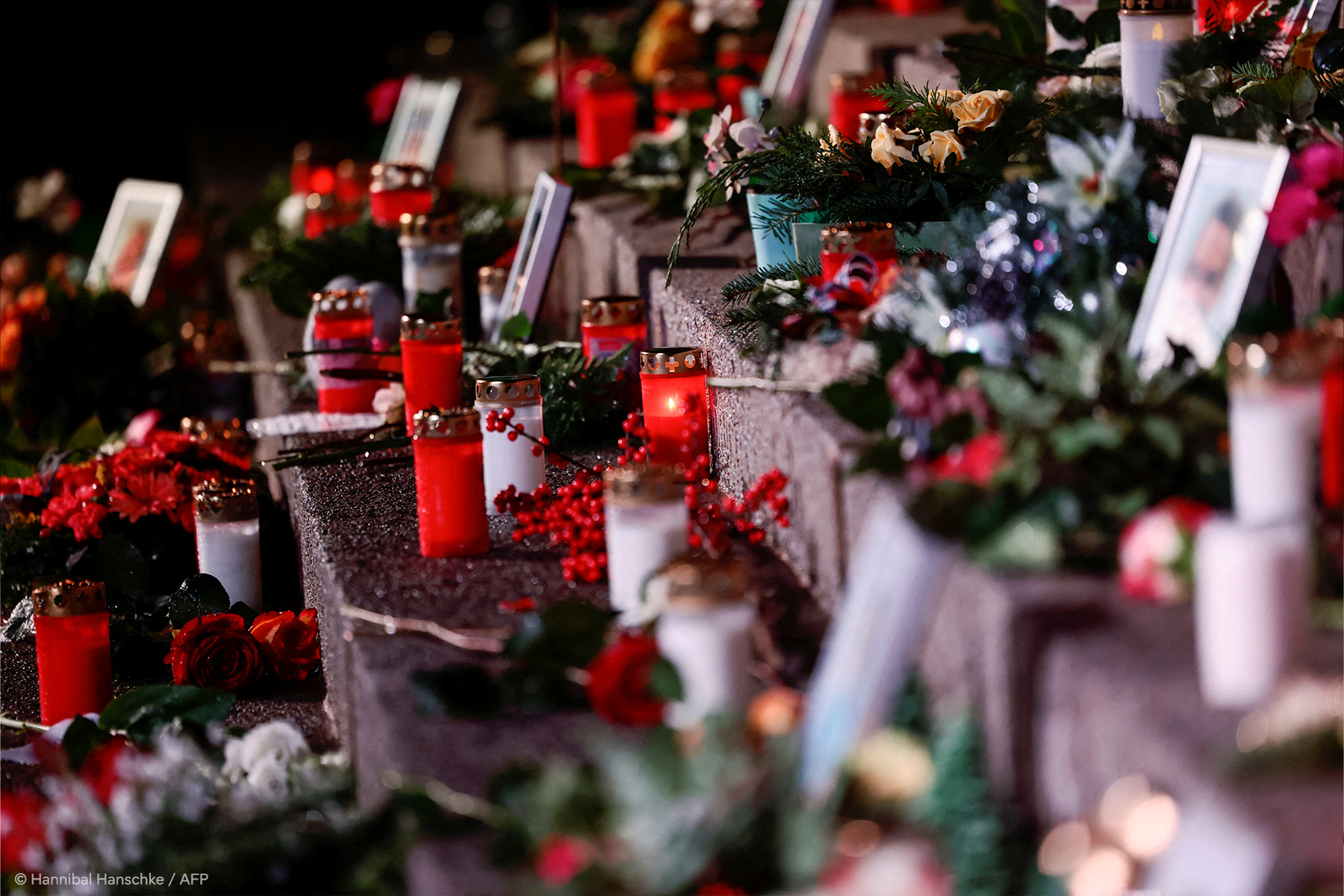On October 7, 2023, the world witnessed one of the most brutal terrorist attacks in recent history. In a premeditated assault, Hamas terrorists infiltrated southern Israel, killing over 1,200 civilians, many of them women, children, and the elderly. Families were massacred in their homes. Concert-goers were gunned down in open fields. Others were taken hostage, dragged into Gaza, their fates still unknown to this day.
This was not a “resistance operation.” It was not a military confrontation. It was a calculated, ideologically driven slaughter of civilians, not unlike the terrorist attacks on September 11, 2001, carried out by Osama bin Laden on American soil. Both acts were designed to provoke, destabilize, and terrorize. And both succeeded in demonstrating the depths of human cruelty when hatred and ideology drive action.
While the attack was targeted at Israel, its implications are global and deeply relevant for Americans.
It’s tempting to see events like October 7 as regional tragedies, isolated to far-away conflicts. But that is a mistake. Terrorist ideologies do not recognize borders, and those who act on them often see the United States as a central enemy—not only politically, but culturally and spiritually.
Groups like Hamas, Hezbollah, al-Qaeda, and ISIS have made their views unmistakably clear: they see Western democracies, especially America, as obstacles to their vision of the world. While many of these groups may be fractured or under military pressure, the ideology that fuels them remains alive, adaptive, and dangerously persuasive. The attack on Israel was not just about Israel. It was a signal to the West—an assertion that terrorism remains a weapon of choice for those seeking to destabilize open societies.
We saw it on 9/11. We saw it again in the Boston Marathon bombing, in the San Bernardino shootings, in the Orlando nightclub massacre, and in the New York truck attack on Halloween 2017. Each act was different in method but united by the same dark thread: the belief that slaughtering innocents advances a cause greater than life itself.
The nature of terrorism has evolved since 2001. The era of massive, centralized plots is now supplemented by the rise of lone actors. A single radicalized individual, inspired online or through propaganda, can unleash devastating violence without the logistical support of a large organization. The digital age has created a decentralized battlefield. Extremist recruitment videos, encrypted messaging apps, and propaganda on mainstream platforms all serve as tools to spread radical ideas at lightning speed.
Meanwhile, political polarization and cultural fragmentation in the U.S. have created fertile ground for extremist narratives to take root. When societies become divided, it is easier for outside actors to manipulate grievances and inflame tensions. Terrorists no longer only need guns or bombs to weaken democracies; sometimes, sowing division is just as effective.
What Hamas did on October 7 wasn’t just a military operation. It was a message. A reminder that these actors are still willing, capable, and eager to carry out mass violence. And it is a warning to Americans: complacency is not an option.
To recognize the reality of terrorism is not to live in fear. It is to live with clarity. National security agencies in the U.S. continue to work tirelessly to prevent attacks. Countless plots have been disrupted before they could cause harm, thanks to vigilant intelligence work and coordination among agencies. But security is not only a government responsibility. Citizens have a role as well, staying informed, reporting suspicious activity, and resisting the normalization of violence or the temptation to excuse it under political justifications.
Freedom and democracy are worth protecting, but they are also vulnerable to those who exploit openness, compassion, and sometimes naïvety. That vulnerability demands vigilance. It requires acknowledging that there are actors—state and non-state alike—who wish to weaken the United States, not just militarily but socially and morally. Terrorism is one of their weapons. Disinformation is another. Division, perhaps the most insidious of all, is a force Americans themselves risk handing over to adversaries when they allow anger and mistrust to replace unity and shared purpose.
Nearly twenty-five years after 9/11, it is sobering to realize how easily the lessons of that day can fade. In the years immediately following, Americans understood with painful clarity the cost of ignoring threats. But over time, as memories dim and new crises emerge, vigilance can erode.
The horrors of October 7 should never be minimized or forgotten. They were not just an attack on Israel, which has every right to defend itself. They were an assault on humanity, a grotesque reminder of how ideology can warp into indiscriminate violence. The brutality—children murdered in front of their parents, hostages dragged from their homes, entire communities left in ashes—echoes across borders. It is a warning that terrorism is not gone, only waiting for moments of weakness to strike.
As Americans, we have the privilege of living in a free society. But freedom is not passive. It comes with responsibility: to heed the warnings, to stay vigilant, and to never take safety for granted. Our adversaries are determined, but so are we.
The United States has faced down threats before, from Pearl Harbor to 9/11. Each time, the nation has emerged stronger when it has chosen unity over division, courage over fear, and vigilance over complacency. That same choice lies before us now.
October 7 was a tragedy for Israel, but it was also a global alarm bell. If we fail to listen—if we let cynicism, division, or denial lull us into complacency, we risk repeating history’s darkest chapters.
The reality of terrorism in our time is stark. The threats are real. The adversaries are committed. But so too is the resolve of free people to protect their societies, their values, and their way of life. Let us not wait for another October 7 or another September 11 to remember that.

